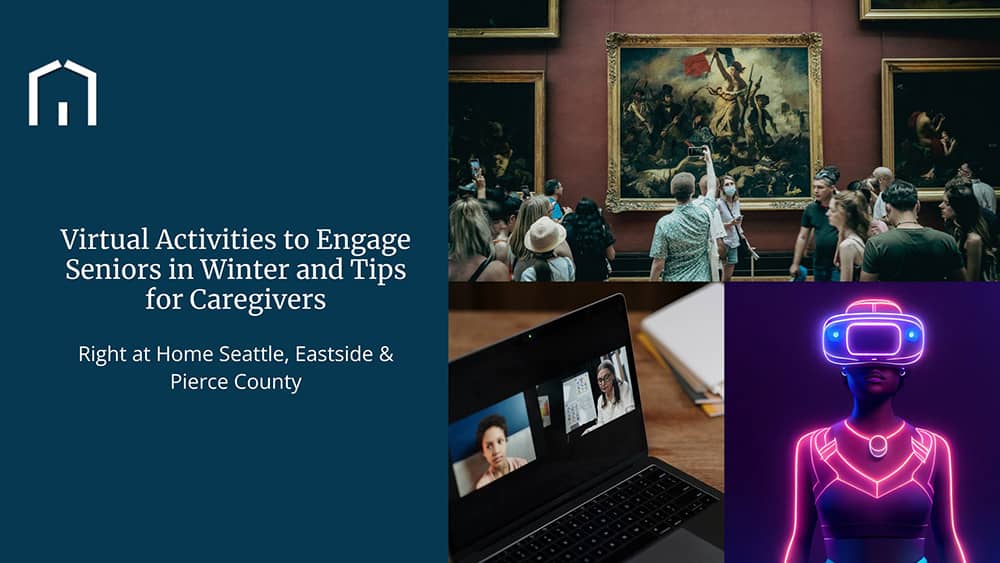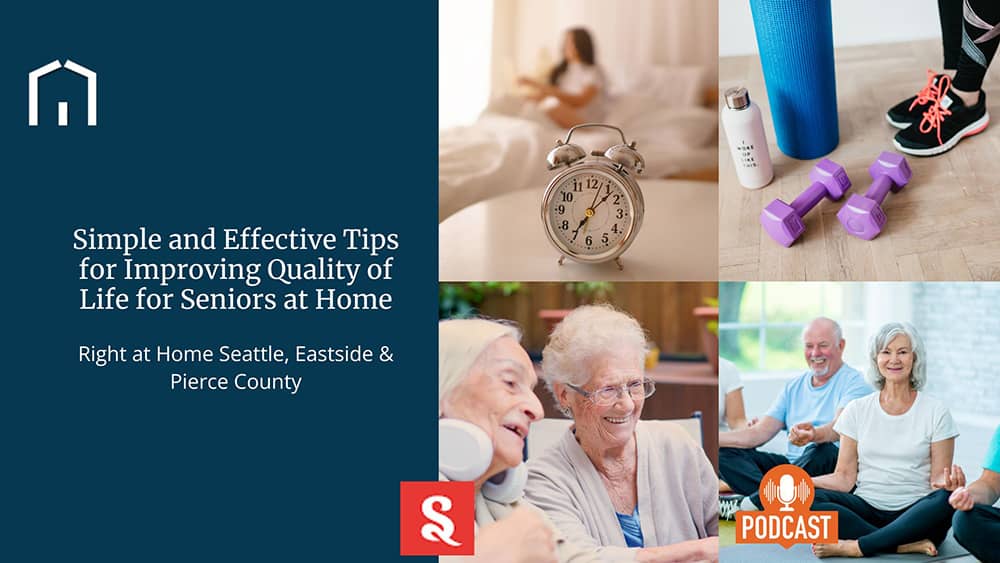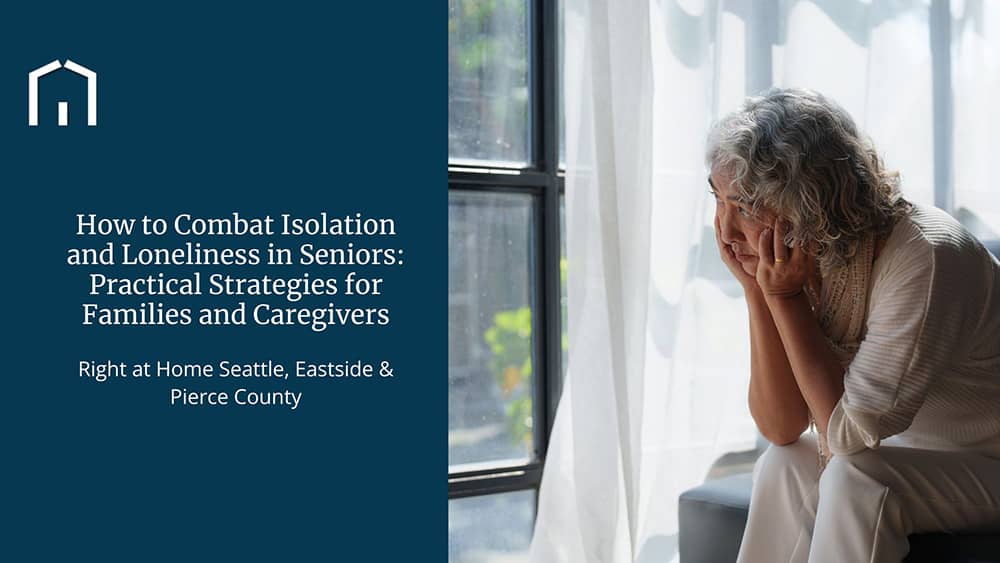

Why In-Home Care Hours Are Different from Facility Schedules
For caregivers transitioning from facility-based care to in-home care, it’s important to understand the differences in work schedules. Facility care often follows structured shifts, while in-home care is more tailored to the unique needs of individual clients.
6:00 AM to 2:00 PM
2:00 PM to 10:00 PM
10:00 PM to 6:00 AM
This system allows facilities to provide round-the-clock care through continuous staffing rotations.
Later Start Times: Most shifts begin around 8:00 or 9:00 AM, depending on the client’s needs.
Shorter Durations: Many clients only require 4- to 6-hour shifts, often focused on specific times of day, such as mornings, afternoons, or evenings.
Custom Schedules: Clients’ needs dictate the hours, and schedules can vary from one client to another.
While in-home care provides flexibility, shorter shifts can create challenges for caregivers used to facility schedules. For example:
Building Full-Time Hours: Since most shifts are 4–6 hours, caregivers may need to stack multiple shifts with different clients.
Commuting: Caregivers may need to travel between clients, requiring efficient scheduling and reliable transportation.
To address these challenges, care agencies often work with both caregivers and clients to align needs and availability. During the client assessment process, agencies encourage clients to evaluate their needs to determine if alternative scheduling options are possible.
If you are new to in-home care, it’s essential to set realistic expectations. Most initial assignments will likely involve part-time shifts, but with experience and availability, opportunities for longer shifts or live-in care may arise.
In-home care provides a rewarding way to build relationships with clients while offering flexibility. Understanding the differences in scheduling can help you better prepare for the shift from facility to home-based care.
Facility vs. In-Home Care Schedules
Facility Care Shifts:
Caregivers in facilities such as nursing homes or hospitals typically work 8- to 12-hour shifts. These shifts often follow a fixed schedule, such as:6:00 AM to 2:00 PM
2:00 PM to 10:00 PM
10:00 PM to 6:00 AM
This system allows facilities to provide round-the-clock care through continuous staffing rotations.
In-Home Care Shifts:
In-home care, however, is one-on-one care provided in the client’s home. This means schedules are adapted to fit the client’s daily routine rather than a fixed system. Typical features of in-home care shifts include:Later Start Times: Most shifts begin around 8:00 or 9:00 AM, depending on the client’s needs.
Shorter Durations: Many clients only require 4- to 6-hour shifts, often focused on specific times of day, such as mornings, afternoons, or evenings.
Custom Schedules: Clients’ needs dictate the hours, and schedules can vary from one client to another.
Why In-Home Care Hours Are More Flexible
Client-Centered Care:
Unlike facility care, in-home care revolves around the client’s preferences and lifestyle. A client might not need assistance until later in the morning or may only require help during meal preparation and bedtime.Fewer Continuous Needs:
Unless a client has complex medical or mobility challenges, many do not require care for an entire day.Tailored Support:
In-home caregivers work with individuals, not groups, meaning the care plan focuses entirely on the client. This eliminates the need for the rigid, overlapping shifts common in facilities.Challenges and Adjustments
While in-home care provides flexibility, shorter shifts can create challenges for caregivers used to facility schedules. For example:
Building Full-Time Hours: Since most shifts are 4–6 hours, caregivers may need to stack multiple shifts with different clients.
Commuting: Caregivers may need to travel between clients, requiring efficient scheduling and reliable transportation.
To address these challenges, care agencies often work with both caregivers and clients to align needs and availability. During the client assessment process, agencies encourage clients to evaluate their needs to determine if alternative scheduling options are possible.
What to Expect as a New Caregiver
If you are new to in-home care, it’s essential to set realistic expectations. Most initial assignments will likely involve part-time shifts, but with experience and availability, opportunities for longer shifts or live-in care may arise.
In-home care provides a rewarding way to build relationships with clients while offering flexibility. Understanding the differences in scheduling can help you better prepare for the shift from facility to home-based care.







